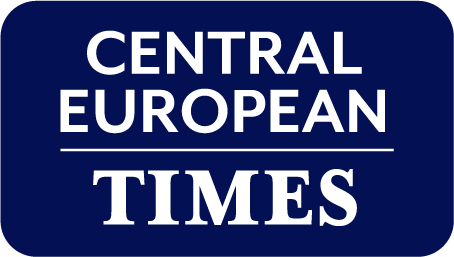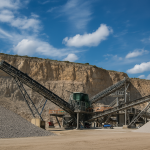CEE leads EU raw materials drive as EU selects strategic mining projects
Reading Time: 3 minutesThe European Commission (EC) has chosen 47 strategic projects across the EU to reduce critical raw material dependency, with Czechia, Estonia, Poland, and Romania at the forefront, marking a significant boost to regional competitiveness amid intensifying geopolitical tensions.
The EC’s selections are critical to the industrial future of Central and Eastern Europe (CEE), promising regional economic growth, greater self-reliance, and positioning CEE nations as key players in Europe’s energy transition, amid efforts to lessen reliance on China.
The EU’s renewed emphasis on critical raw materials follows heightened geopolitical tensions, notably US-China rivalries, underscoring Europe’s urgency in securing resilient supply chains.
Czechia targets lithium autonomy
In Czechia, the Cinovec lithium site operated by Geomet, located near the German border, is Europe’s largest known lithium deposit. The integrated mining and refining infrastructure is expected to become a cornerstone of the EU’s battery and electric vehicle (EV) supply chain, with operations set to begin later this decade.
Geomet CEO Keith Coughlan emphasised on 5 April 2025 that the project would “transform Czechia into a crucial player in Europe’s lithium strategy.” The potential lithium boom is already revitalising the small village of Cinovec, which has a mining tradition dating back to 1378 for tin and tungsten. Mining operations were abandoned in 1991 after becoming economically unsustainable following the collapse of communism, but recent explorations have uncovered Europe’s largest lithium deposit, reinvigorating local economic prospects.
Romania builds graphite and magnesium hub
Romania will host three strategic projects. The Salrom Baia de Fier graphite facility, run by state-owned Salrom, aims to produce battery-grade graphite for EVs and energy storage systems, reducing the EU’s dependence on China.
The Rovina Valley copper-gold project, managed by Euro Sun Mining, is also strategic, though environmental opposition due to its proximity to protected ecosystems raises implementation risks. Civil society groups have warned that these tensions could delay development.
Romania’s Verde Magnesium will revive magnesium extraction from tailings in Farcasa, targeting lightweight automotive and aerospace sectors, decreasing reliance on Russian and Chinese supplies.
Poland prioritises critical metals
Poland’s strategic projects focus on expanding rare earths, copper, and nickel capacities. The Pulawy rare earths separation plant, operated by Grupa Azoty, will produce high-purity oxides for wind turbines, EVs, and electronics. Polish Economic Minister Waldemar Buda, on 6 April 2025, highlighted the project’s importance for industrial modernisation and regional economic growth.
Poland will also scale up copper and nickel production through state-controlled KGHM. Copper is central to renewable energy infrastructure, while nickel is vital for battery manufacturing. These initiatives aim to consolidate Poland’s position as a European leader in critical metals production.
 Country Country |  Key Material Key Material |  Project Name Project Name |  Production Start Production Start |
|---|---|---|---|
 Czechia Czechia | Lithium | Cinovec lithium | Late 2020s |
 Romania Romania | Graphite | Salrom graphite | 2027–2028 |
 Romania Romania | Copper/Gold | Rovina Valley | Late 2020s |
 Romania Romania | Magnesium | Verde Magnesium | 2028 |
 Poland Poland | Rare Earths | Pulawy plant | 2027 |
 Poland Poland | Copper/Nickel | KGHM expansions | 2027–2030 |
 Estonia Estonia | Graphite | UP Catalyst | By 2030 |
Estonia innovates with green graphite
Estonian startup UP Catalyst has been selected for its pioneering method of converting carbon dioxide into battery-grade graphite using renewable electricity. CEO Gary Urb explained on 7 April 2025 that the process would “significantly reduce emissions while meeting European battery manufacturers’ growing demand.”
Executive Vice-President of the EC for Prosperity and Industrial Strategy Stephane Sejourne described the initiative on 5 April 2025 as a “turning point” for EU industrial policy, emphasising the need to “build resilience, not dependence”.
However, the ambitious timelines face practical challenges, particularly environmental approvals and public resistance. Analysts have warned that delays, especially for environmentally sensitive projects, could undermine the EU’s strategic autonomy targets.
While strengthening domestic capacities, the EC acknowledges external partnerships remain essential. Efforts are underway to deepen ties with Canada, Australia and other nations in Africa and Latin America to maintain diversified supply chains.

